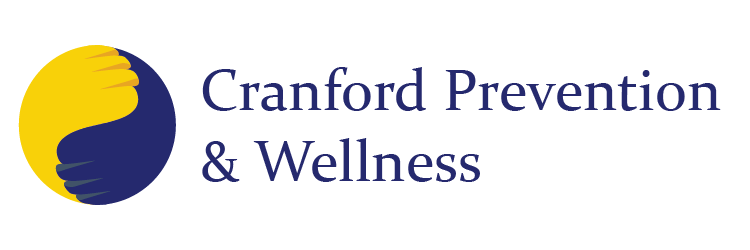I had the privilege of attending the premiere of “Shooting Heroin” at the Cranford Movie Theatre on November 14th. As I stood among colleagues in law enforcement, a producer, a director, actors, residents of the township, clinicians, volunteers from the Municipal Alliance, and curious patrons, I paused for a moment to consider the power of a topic affecting our nation. The current national opioid epidemic had motivated Hollywood to write, produce and direct a film that addressed the struggles a small town in Pennsylvania faced since the proliferation of heroin. While the movie certainly took creative liberties to stress the theme of the film, the common denominator showed me that nobody is immune to substance use disorder and everyone is trying to eradicate the disease of addiction in their community. One recurring theme in the movie related to “how” a person’s addiction began, and at what age. After the screening, the audience had the privilege of hearing from Sean Foley from Prevention Links about how substance use disorder has affected his industry as a clinician. We met Andrew Michinard, a person in long-term recovery who shared his story and opened our eyes to his journey to recovery. Our Superintendent and Chief of Police discussed the local steps being taken to address substance use disorder.
As I returned home that evening, I caught up with my better half about the success of the evening – even citing that I was starstruck by meeting the actor that played “young Tommy” in Goodfellas, who was in attendance at the premiere. Consistently under-impressed by trivial things that amaze me, my wife loosely inquired who “Joey D” was while quickly segueing into the evening’s events involving our 2-year-old and 4-year-old. Apparently, this was one of those nights where my beloved boys, although given strong biblical names of Matthew and Michael, had more of a likeness to Cain and Abel. As I read the exhaustion in my wife’s face quite clearly, I understood that my tending to work responsibilities had created a less-than-optimal situation in herding the cattle at home. All I could consider was the old phrase “little people, little problems. Big people, big problems”. But this made me think. When do our kids transition into those big people having big problems? Certainly not overnight.
As we approach the holiday season, it’s a time to make up for lost time with our families. Yes, we should ensure that we connect with our Aunt Carol or Uncle Donald who we see only on holidays or at family events, but we should consider taking time to reconnect with those people we see on a daily basis: our spouses and children. You know – the ones that sometimes mutter a one-worded answer when asked “how was your day?” In our home, when we sit to eat dinner each night, I’ll attempt this conversation with my pre-kindergarten 4-year-old and I’ll ask open-ended questions. This trick, they said, will avoid you getting close-ended answers like “good” or “fine”. Instead, I get 3 worded answers like “I don’t know” while he attempts to look around my head to catch a glimpse of “Hey Duggie” on Nickelodeon. I’m learning early that in spite of the many talks I give to parents about having conversations with our children and watching their behavior, it’s easier to lecture about it than to live it. So, although I have young children, I need to begin thinking now about those important discussions of the future about pressures, strangers, things that make them uncomfortable, and coming to us if there’s a problem in school or among friends. When I ask my son how his day was and get short answers, I can’t help but shudder at the thought of bringing up the topic of drugs, alcohol, and risky decision-making in middle school. But shudder as I may, I’ll do my best and break open that can of worms.
I’ve also quickly discovered that kids are perceptive. When I’m wearing my trademark Cranford Police Department polo my 2-year-old will inquire “dad you going [to] work?” That eager perception morphs over time, and although they stop asking those obvious, incidental questions, kids are very gifted at learning behaviors and listening even if we don’t think they are. When we approach the holidays and consume alcohol, our kids are watching. I’m over 21 years old, and I’m allowed that, right? Absolutely you are. But equally, our kids are watching when we sometimes overindulge beyond a healthy level of consumption. Our kids are watching when we debate the legalization of marijuana. And our kids are watching when we call heroin addicts “junkies”. Let’s not even discuss politics! Our kids look for our approval and validation daily, even when we don’t think they are. I know I speak from limited experiences, but kids want to please their parents, who they look up to as superheroes. Kids emulate their parent’s behavior. How often have you heard those phrases like “my goodness, you have the same mannerisms as your father”? That’s no accident.
Absent conversations and direct discussions, kids will make up for that lost time with their parents by reading non-verbal cues, mirroring behavior, making assumptions and coming to decisions based on the groupthink of their friends. They yearn for our attention but sometimes don’t know how to get it to discuss those big people problems when they need us most. And before you say “if you met my son, you’d realize they don’t want to talk to me”, remember who they used to run to when they had a problem when they were 2? Envision who they will go to when they want to discuss buying a home in their 20’s. It will usually be you, that superhero parent, once again. And between the ages of 2 and 29 years old, they especially need you.


